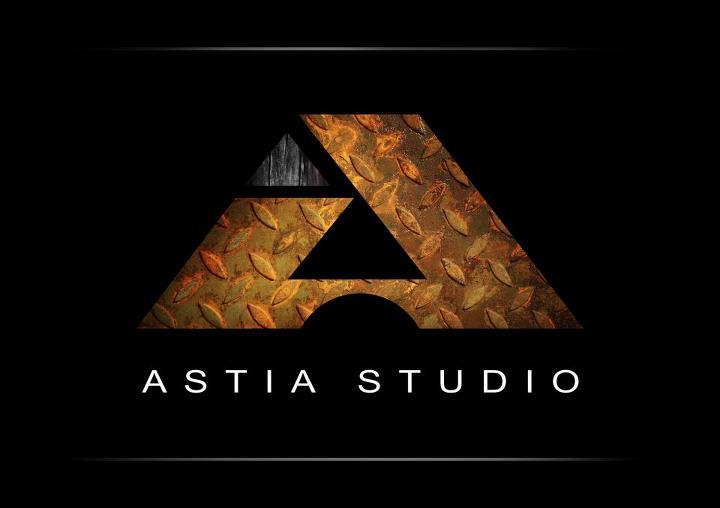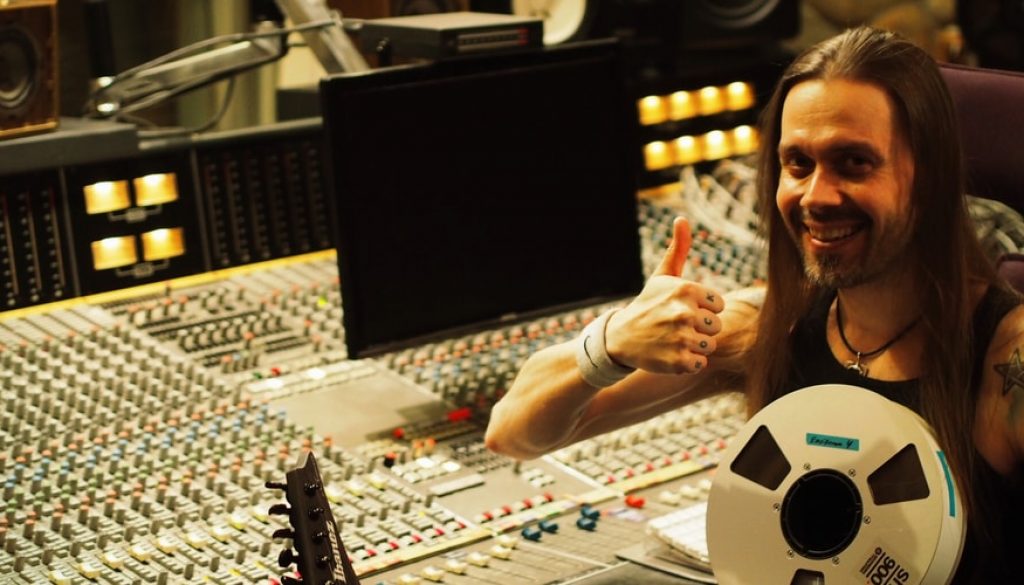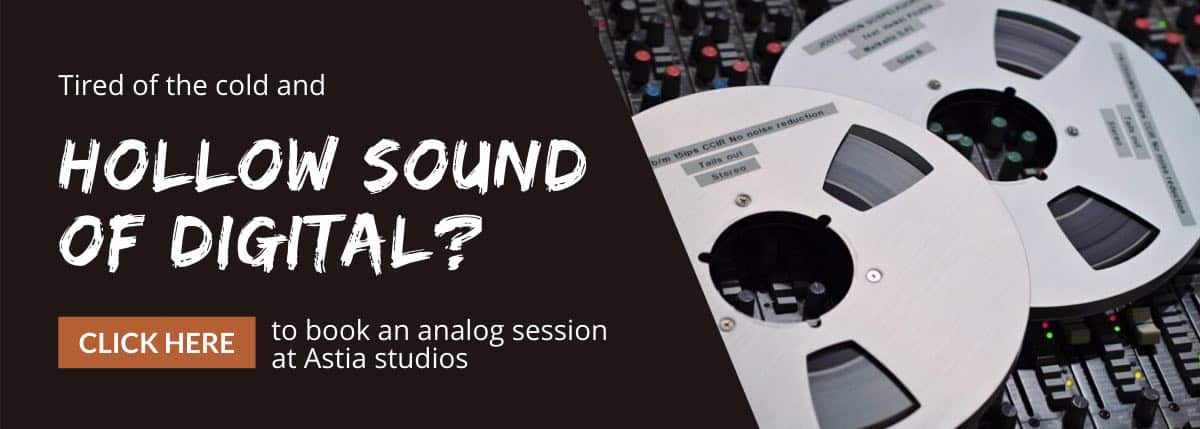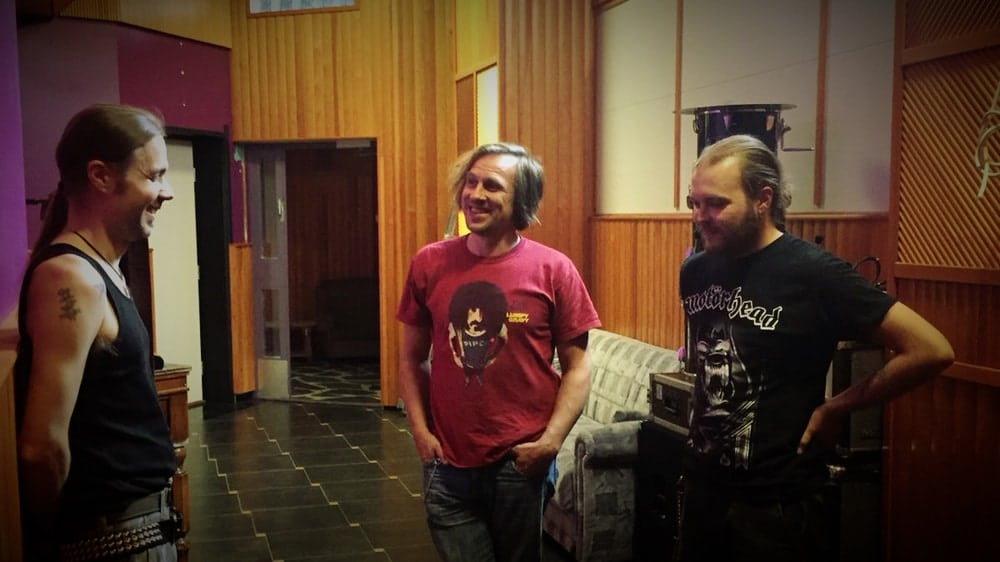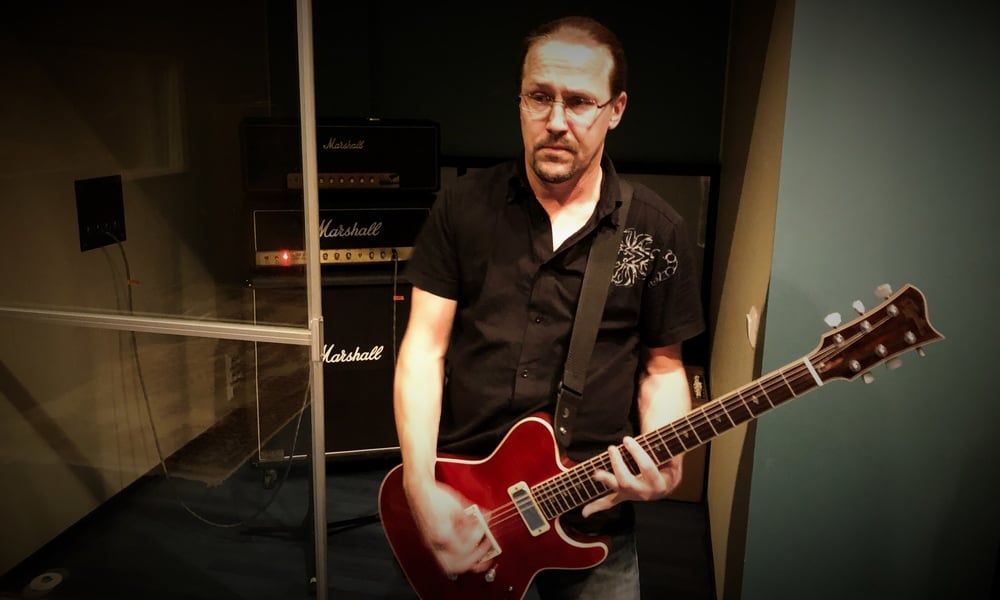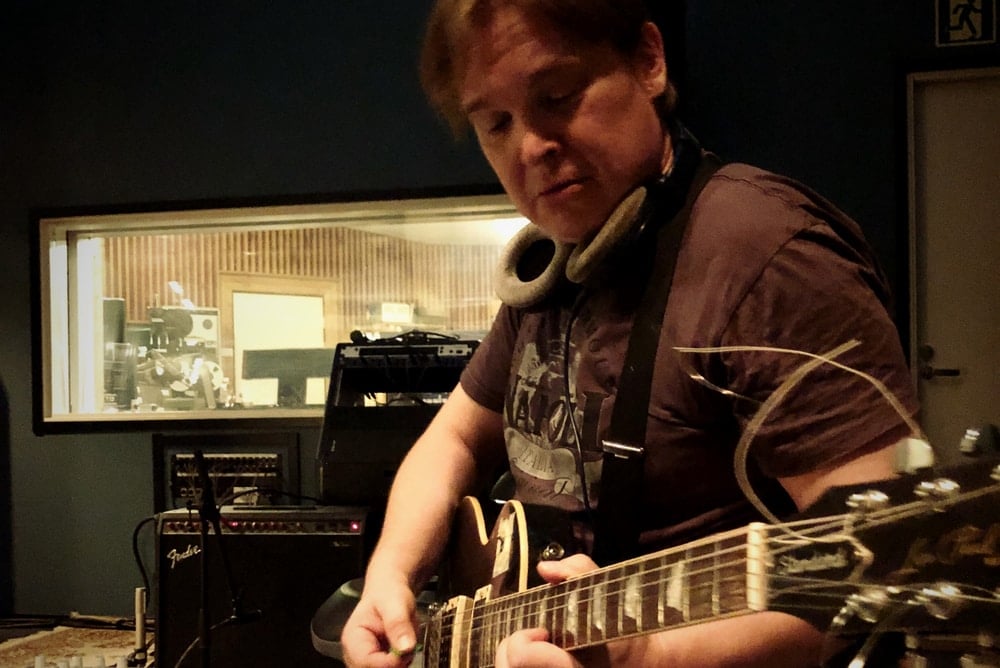Prepare for a session
During the past 25 years a great variety of bands has visited us. Our goal on every session is to learn something new. We are happy to share our experiences and hope they will make your recording session a smoother ride. Here are tips how you can avoid wasting precious studio time and how to prepare for a session not only as a musician but also as a band.
Prepare for a session by spending as much time as possible in rehearsal room playing the songs until they groove.
–Pekka Johansson / Faulty Messenger, ex-Amoral
Common mistakes
We have seen plenty of bands who haven’t rehearsed enough and some have even ended up spending several studio days only for practicing. Yes, we’ve been told that our studio rooms have a very nice mood for that too. The drum room, PA and full analog headphone monitoring system do create an ideal environment for rehearsing. Still, when it comes to money, we recommend bands to do their homework and rehearse properly before entering the studio. What was it called.. rehearsal.. place..
Sure it can be difficult to learn the parts if they are not yet composed. There are bands who have entered the studio without completing the writing and arranging process. Sometimes this can lead to great success as we can fine-tune the parts during the session. Then again it’s not very common that there is plenty of studio time for that. Having “too much” studio time is a luxury most bands do not have and that’s where pre-production steps in.
Unfortunately it’s not rare that there are no lyrics when band arrives. Our creative atmosphere with the pressure of the scheduled vocal recording usually helps to complete the writing. Still, we recommend bands to both write and rehearse songs before entering the studio. This way songs have been shaped more closer to the final form and we can concentrate on capturing the moment instead of speculating about every note and word. What if you’d start by completing the lyrics first and then compose the song to support the text, like bands used to do back in the days?
Before entering Astia-studio for the first time our preparation was vague and we concentrated on wrong things. Band members weren’t too aware of HOW others were playing. Even WHAT the other guy was playing was a bit unclear.
–Jukka Pesu / The Rivet
Sum of its parts
Many years back, way before we started instructing bands on how to prepare for a session it was pretty common that during recording we found that some members were playing wrong notes. Usually the suspect turned out to be the bass player. Nope, bass players are not alone to blame. When rehearsing it sometimes is difficult to hear what bass is playing due to the acoustics of rehearsal room. Bass-traps on the corners of the room help to make sound more clear.
We started instructing guitar players to rehearse together and pay attention to what the other guy was playing. Once they got their parts figured out and rid off all the wrong notes it was time to bring in the bass player. Bass player should rehearse the songs several times together with guitarist(s). This will minimise the time consuming “I’m sure this is how you showed me the part but ok, I’ll learn the new pattern now” situation in studio.
Drummer should rehearse together with bass player not only to tighten the groove but also to learn what he is playing and how well their parts fit. The more you play together, the better and tighter your playing gets. We recommend that drummer pays attention to vocals too to catch a phrase or two. Completing vocals before entering the studio might not be a bad idea after all.
In studio you should do and not try. Just switch off brain and let go. Leave all rehearsing to the rehearsal place.
–Pekka Johansson / Faulty Messenger, ex-Amoral
Metronome not killing the groove
When recording bass, guitars, keyboards and vocals on computer using a click track, we never had both drums and click turned on simultaneously. We always muted metronome everywhere except in the beginning of the song and when drums had a pause. If you try to record guitar to a drum track and have the metronome on as well, there will be no groove and definitely no “locking in”. Understanding this before recording helps to get the mindset right.
Then again, should metronome be used at all? Read more on our blog post To metronome or not.
The magic of groove and “locking in”
From the quarter of a century of recording bands professionally we have learnt that talented musicians immediately “lock in” to each other groove-wise. Many have experienced a similar event during a jam session, when something that has not been agreed on happens as all musicians do the same hook or change at the same time. This always brings a great smile on those who experience it. If you have no idea what we are talking about, go jam with your friends and eventually it will happen.
If you want your band to sound great one of the most important things for a guitar player is to “lock-in” with the drummer.
–Matti Hovi / Ghost Of Youth, Matti Hovi Collective, The Siissidös
Relaxing and not thinking helps. It’s kind of like having sex; it rarely gets things going when you start thinking. “Now I will move my right arm down her neck” or “On the next part I maybe should move like this”. Nope! That’s definitely not it. Once you start thinking while playing, mistakes will come. Any professional and most non-professionals will tell you that. If during guitar recording you start thinking “to which box I should move my hand”, it’s already too late and you’ve already hit a wrong note.
Being relaxed can be heard, also from the recording. Once you know HOW your bandmates are playing it’s easier to “lock-in” with them.
–Jukka Pesu / The Rivet
“Locking in” is the moment when two or more instruments sound as one. Every note is interlocked between the instruments. The closest to describe how to achieve this is explained on the iconic book by Eugen Herrigel: Zen in the Art of Archery. Those who only concentrate on the technical side have a hard time understanding and those who feel what they are playing know exactly what this is about. Luckily anyone can learn this and it gets the highest of recommendation from us. Conscious thought can create partial groove, but solid groove and “locking in” always happens unconsciously. It is awesome to witness this goose-bump moment over and over again!
Yes, the cliché is true; it simply is all about listening.
–Toni Paananen / Session drummer
General tips for a session
Plan how many guitar tracks you need per song. You can record dozens of tracks but are they really needed and how can you perform all that live? Many amazing songs are pretty simple. We recommend to choose the simple instead of complicated. The guitar player along with the rest of the band should make a guitar map and deliver it to the producer / engineer before the session. The same applies for keyboards and backing vocals.
Making a guitar map was against my creativity principles. Yet, the map makes things clear and opens up a whole new way of thinking. When working on riffs I now already think about the 2nd and 3rd guitar as well.
–Matti Gran / Kärkäs, L’shanghai, Mandrake Root, Granston
Singing at the edge of your vocal range can feel like a great idea, but imagine performing such difficult stuff every night on tour. What if you catch cold and still have to sing those high notes? We once again recommend to keep things simple. If the song is so high that you can barely hit the notes, maybe it would be better to transpose it down a step or two.
Playing at the edge of your skills is not recommended for the same reason. Technical playing can be great, but when you have a bad day in studio, it can get expensive. No-one wants to play their part hundreds of times. Cutting down the difficult stuff means that you can easily play your parts flawlessly every single time. Instead of getting your muscles worn down after 1-2 takes, you can play good solid takes as many times as needed. This also helps to get the emotion and “locking in” right as the technical side doesn’t need your attention.
Recording in small pieces will never have the energy of playing together. Genuineness comes from performing the song together as a band. This shows the reality of how you sound in both good and bad.
–Matti Gran / Kärkäs, L’shanghai, Mandrake Root, Granston
Pre-production demo helps both you and the producer / engineer to know what you want. We request our clients to send a rehearsal place live recording and to include a guitar map along with notes of keyboards, backing vocal parts, possible special effects and other ideas.
Tuning the guitar in studio can be time consuming. Stay literally tuned for our blog post about the coolest tuning tip ever and start saving not only studio time but also money spent on strings.
Astia-studio taught me to play my parts until they sound great. The pressure of the first take bothers me no more. If the first take isn’t good, I’m no longer frustrated. Even ten years from now I’d rather listen my music with pride rather than shame.
–Matti Hovi / Ghost Of Youth, Matti Hovi Collective, The Siissidös
This is what we recommend before entering the studio:
#1 Complete the composition, lyrics and arrangement.
#2 Learn not only your but also the parts of other members.
#3 Make a guitar map.
#4 Rehearse not only with full band but also guitar & guitar, guitar & bass and drums & bass.
#5 Keep your parts simple.
#6 Pre-production; plan the mood, tempo, amount of guitars and backing vocals. Make a demo.
#7 Once you memorise the parts, learn to “let go” during playing. Play without thinking.
#8 Play and sing every note like it was your last. Emotion instead of technicality.
#9 Rehearse, rehearse and once again: rehearse.
Guitars don’t necessarily have to play identical parts. This must have been the biggest change after our first session at Astia-studio. Non-identical guitars make the song sound great and more rich. This Guns ‘n’ Roses fanboy has found a whole new side on their music that for a teen was un-comprehendable!
–Jukka Pesu / The Rivet
Prepare for a session
Thank you for reading our tips on how to prepare for a session. Have you read our three part How to improve drum sound post yet? We hope these tips will not only help you to prepare for a recording session, but also to grow as a band and to improve your live shows. Our goal is to share our expertise and to help bands and musicians all around the world to improve their skills.
If this post was helpful, please share it on social media. This way you will help your friends to benefit from this information too.
I cannot wait to reply your questions and comments so please do leave them below. You can Click here to reserve a full analog tape recording session with me at Astia-studio. Thank you very much and all the very best!
Astia-studio is a full analog recording studio located in eastern Finland with 25 years of experience. Bands and artists from all over the world including USA and the furthest corner of Russia, Vladivostok have arrived to us for tape recording sessions.
